 |
About four or five decades ago, some people from the Northern Delta came to Phu Luong to make a living and did not forget to bring along Cheo melodies to satisfy their homesickness. Over the years, Cheo melodies have always been cherished and preserved by them, and then day by day they have been “nurtured” and “taken root” in every house, in village festivals and in cultural activities in residential areas.
 |
 |
That day was early spring, the sky was clear and the wind was light, the weather was very nice, not a rainy spring day like in the old poem of Nguyen Binh, we were able to attend the meeting of the Phu Luong District Cheo Art Preservation Club welcoming the new spring at the home of the Club's Chairman, Mr. Bui Quoc Vuong, in Du town (Phu Luong).
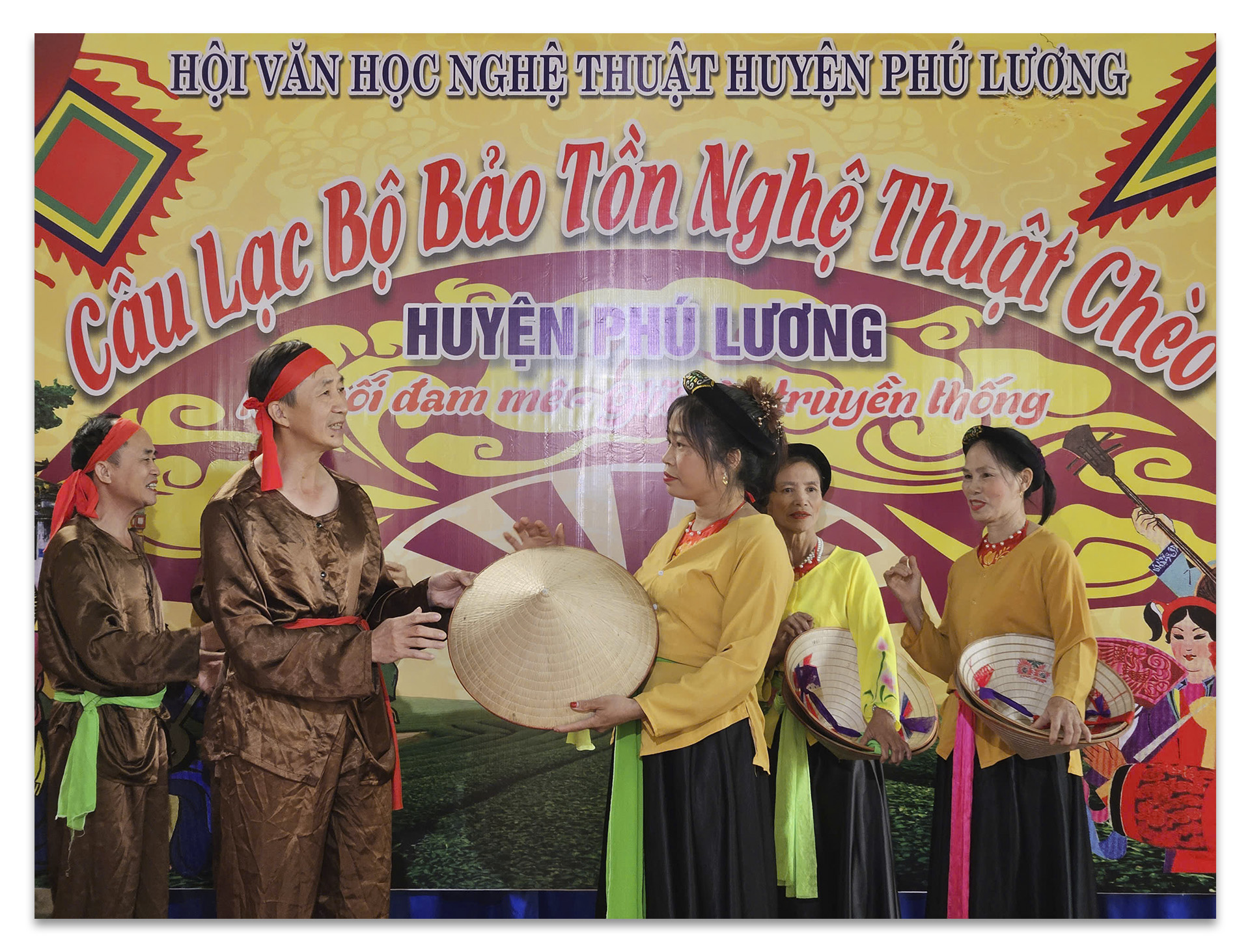 |
At the beginning of the meeting, we listened to the ancient Cheo suite “Loi lo dao lieu do dua” performed by the Club members. In addition to some “artists” singing, we saw ladies and gentlemen joining in the accompanying dances on the “stage” very professionally. The male and female voices responded gracefully, blended and resounded, creating a lively atmosphere: “We went to the market, sat at the foot of the banyan tree… Seeing the wine seller wearing a brown shirt, she tied a green belt” .
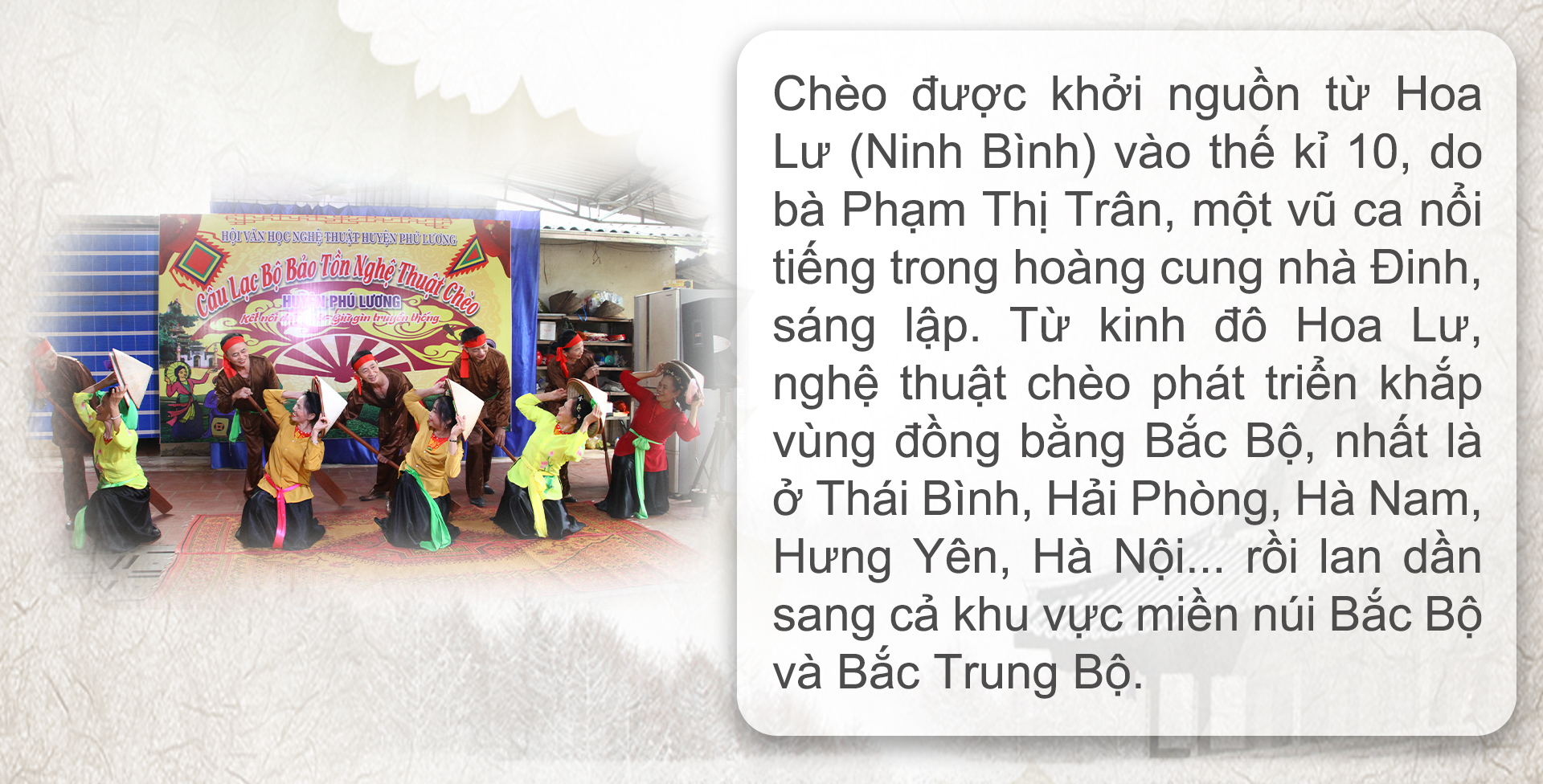 |
After the ancient Cheo singing and dancing performance, there were excerpts of two ancient Cheo melodies from the play Luu Binh Duong Le, Tinh Thu Ha Vi and some new Cheo melodies praising the homeland, the country, the Phu Luong tea region and the historical relic of Duom Temple. I was quite surprised and eager to watch the "party" combining elements of folk songs, folk dances, folk music, performances, plays... feeling each line of singing with continuous breath, continuous voice, emphasis, pause, and bounce used very professionally by the "actors".
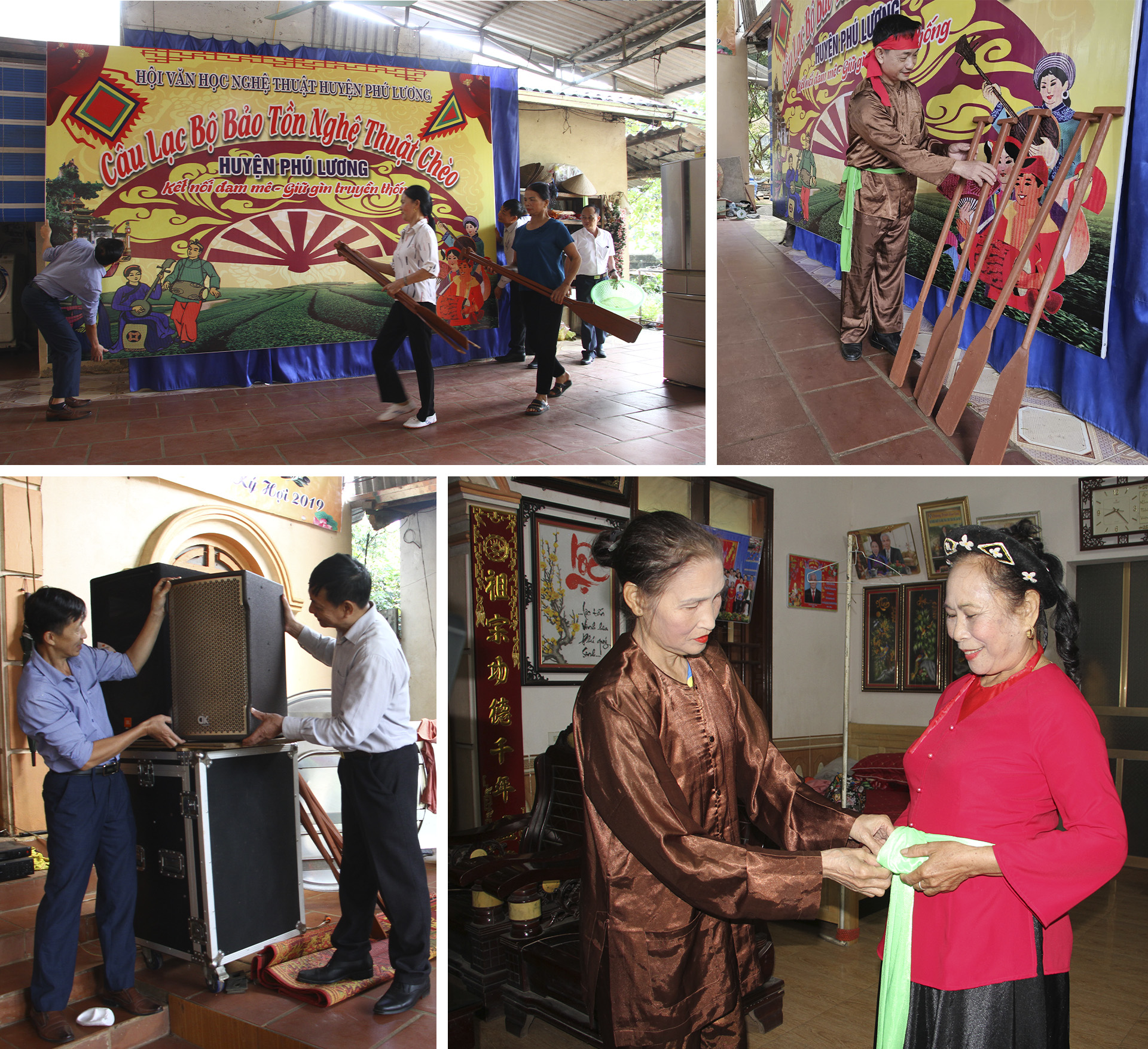 |
| Members of the Phu Luong District Cheo Art Preservation Club prepare for a Cheo performance. |
Each performance depicts a picture of the old Vietnamese countryside with a ferry, a boat, a studious young man who skillfully responds to a gentle and equally sharp woman. Each Cheo play is a lesson about human relations, friendship, husband and wife relationship and the aspirations of the ancients, as well as the love and desire to contribute to building an increasingly beautiful homeland.
Sitting on the “stage” with us was Mrs. Nguyen Thi Son, from Lan 2 residential group, Du town. She could not take her eyes off, engrossed in watching the “actors” perform, swaying to the music while humming along. She is 85 years old this year, but there has never been a club meeting that she has not attended. Mrs. Son is originally from Thai Binh , and is known for her good Cheo singing voice. Later, when she migrated with her family to Phu Luong to make a living, she still turns to her homeland through Cheo melodies every day.
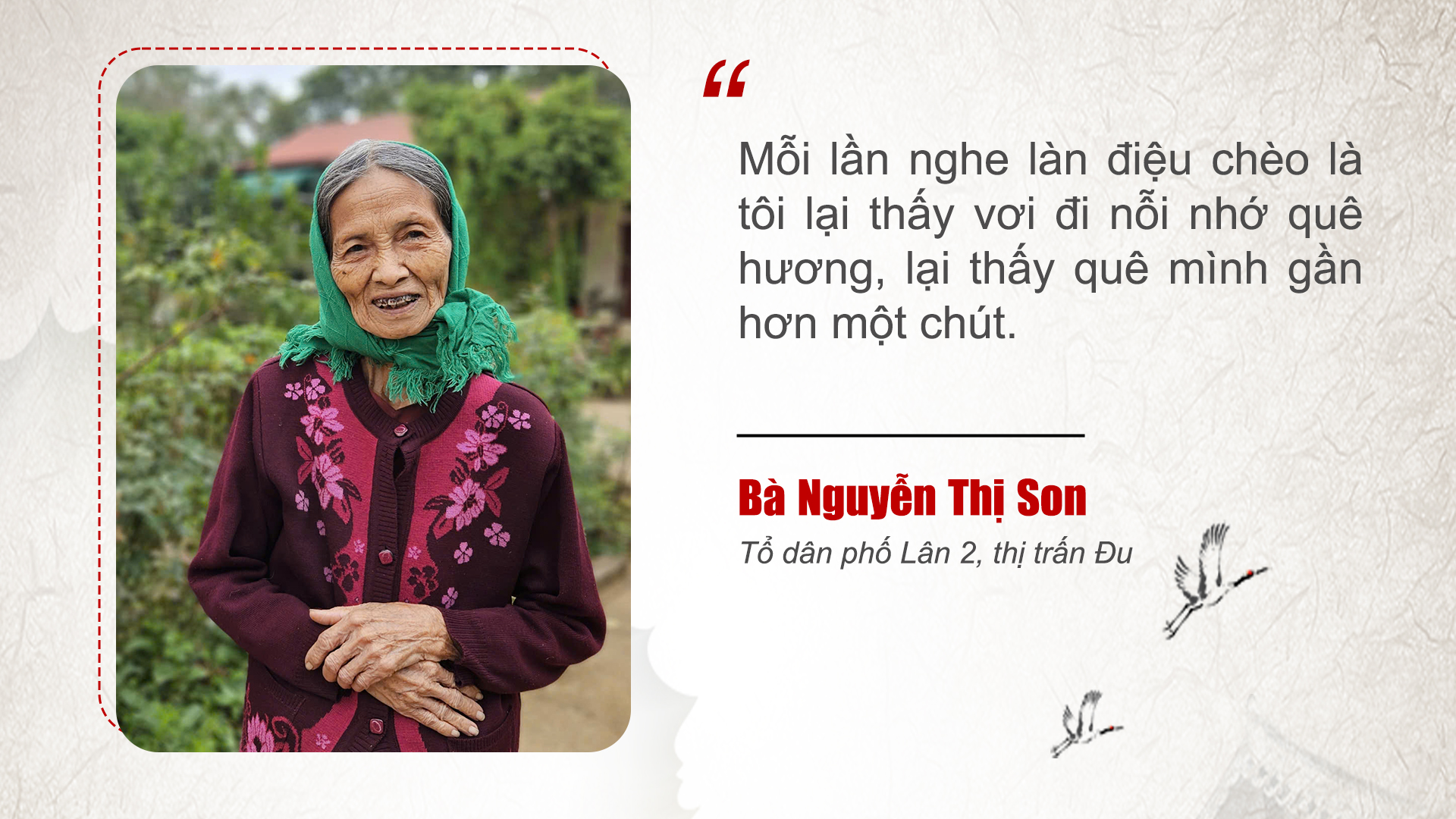 |
Looking at the pink peach blossoms blooming in the garden, Mr. Vuong turned to us and said: Every spring, our rural "cheo troupe" is "in demand", being invited to exchange and perform at conferences, festivals and local political events such as: Duom Temple Festival, Khuan Temple, Quan Temple, Trinh Temple and many pagodas inside and outside the district. The beauty of cheo is that the lyrics in cheo mostly describe the daily life of the people in a realistic and simple way, expressing the farmers' desire for a peaceful and happy life.
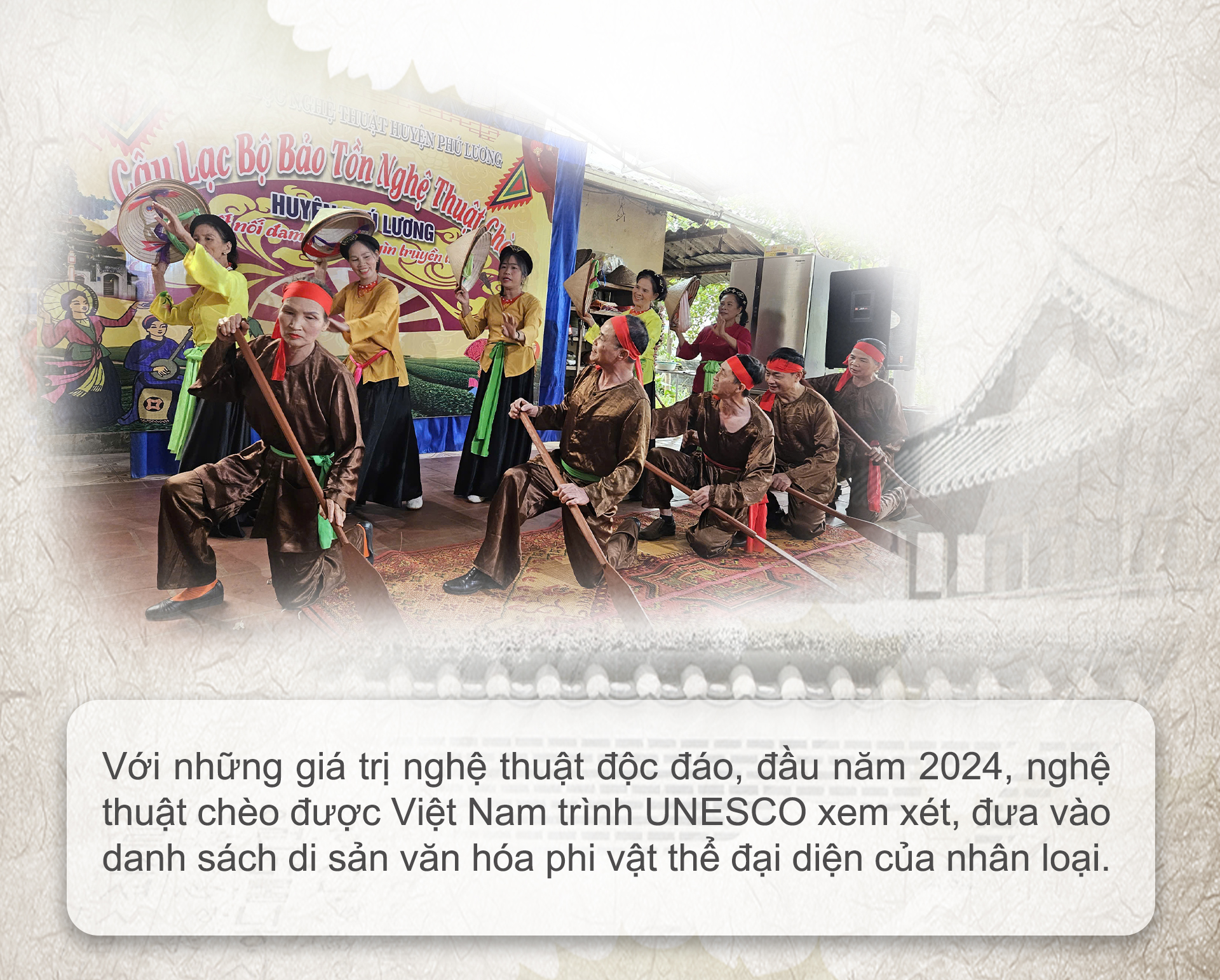 |
 |
Mrs. Tran Thi Giang, a member of the Cheo Art Preservation Club in Phu Luong district, confided: As people from Thai Binh, in 1972, my husband and I went to Thai Nguyen to reclaim land and lived in Lan 2 residential group, Du town. At first, we were not used to it, so to ease our homesickness, my husband and I turned on the radio to listen to and sing along to the Cheo melodies in the Folk Songs and Traditional Music program of the Voice of Vietnam.
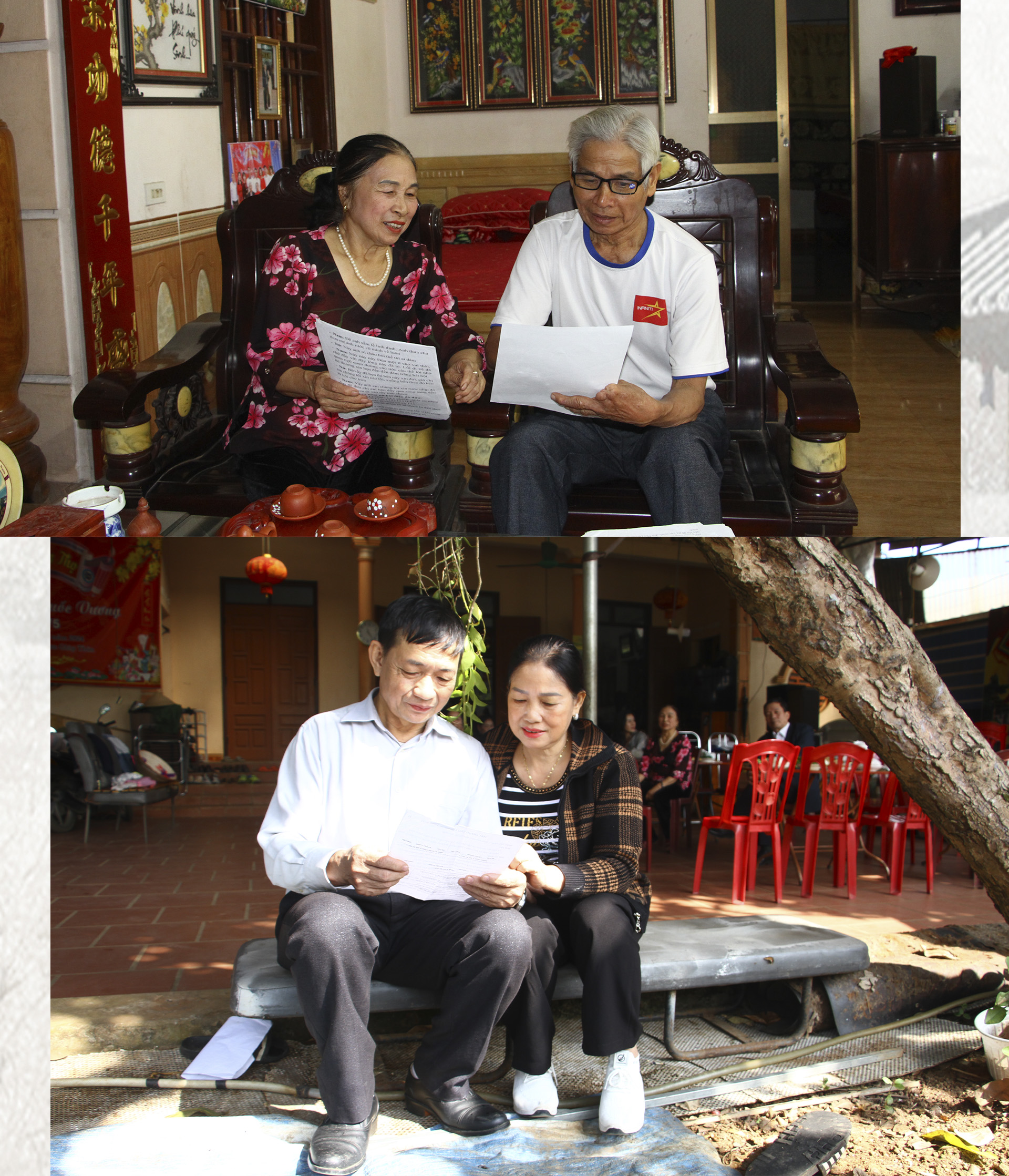 |
Also living far from home, Mr. Tran Thanh Binh, a member of the club, shared: I have loved Cheo since I was a child. When I heard my grandparents humming Cheo songs, I often imitated, sang along and memorized the old Cheo songs. Following my family to Thai Nguyen to live, I always wanted to watch Cheo, listen to Cheo and participate in singing Cheo.
Phan Me Commune Cheo Singing Club (the predecessor of Phu Luong Cheo Art Preservation Club) was established in 2014, with 28 members, also originating from the aspirations of Mr. Binh, Mrs. Giang and people from Ha Nam, Thai Binh, Nam Dinh... who left their homeland to live on Phu Luong land.
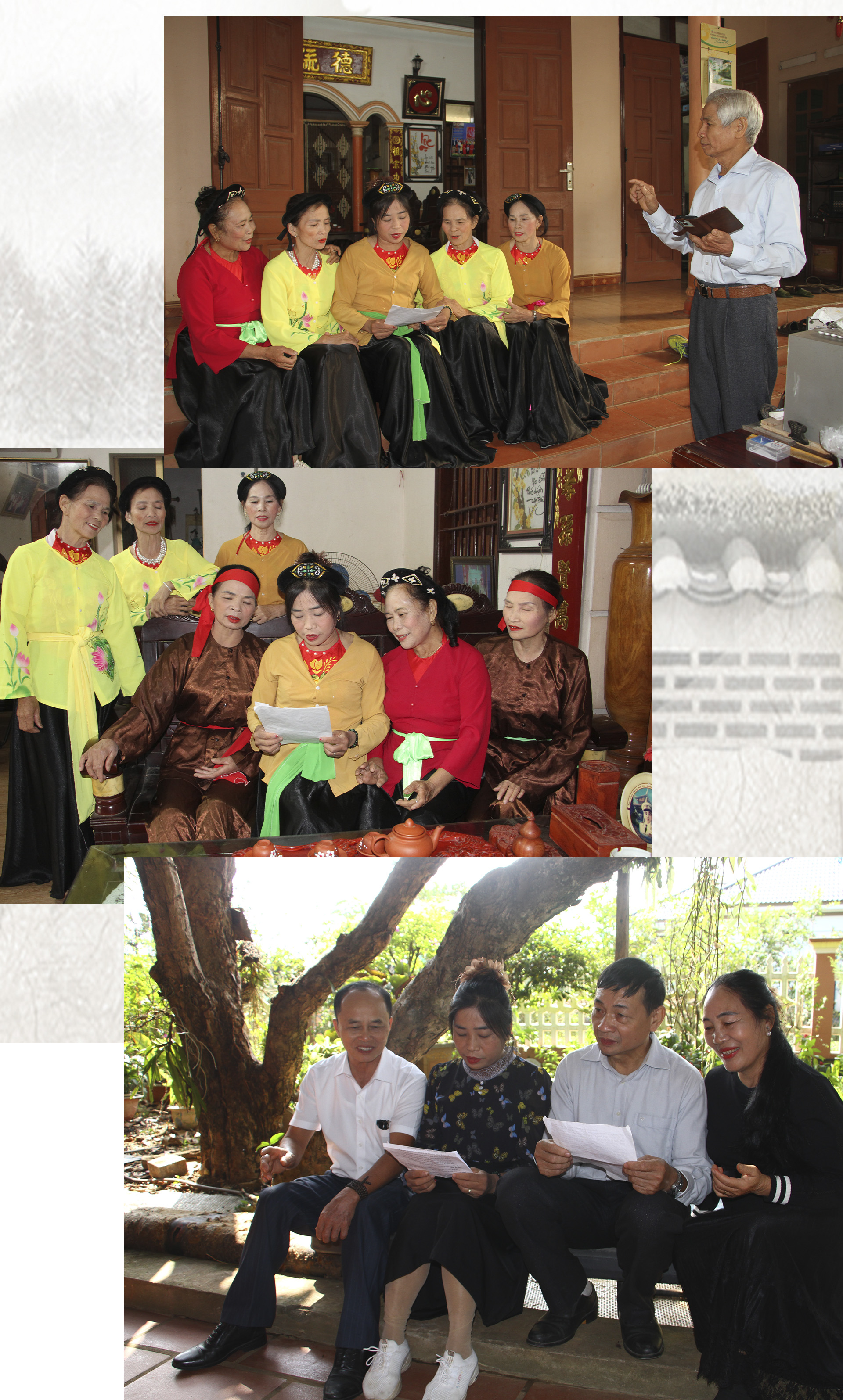 |
They share a passion for Cheo, and gather together to satisfy their passion, while preserving and maintaining the Cheo melodies of the nation. The club meets once a week, together collecting and singing existing Cheo melodies with all their passion.
After 10 years of operation, in July 2024, the club held a congress and changed its name to the Phu Luong District Cheo Art Preservation Club, under the district Literature and Arts Association. In addition to members in the district, the club also attracted a number of people from other localities in the province.
 |
In the club, the youngest person is over 40, the oldest is over 80, including two couples who participate in the activities. Passionate about the Cheo tunes and gathered at the club, the “actors” with muddy hands and feet are now mostly old, but their enthusiasm is still burning.
Regardless of sunny or rainy days, when the farming work is finished, they burn themselves out with passion for singing Cheo. With their love for traditional Cheo art, they have dispelled the hardships of everyday life, covered up the calluses on their hands, hidden the wrinkles of time on their faces, dressed up in their roles, and dedicated to the audience their unique lyrics, rhythms, and dances.
 |
Mr. Nguyen Chien Luy, one of the founders of the Phan Me Commune Cheo Singing Club, said: In the early days of establishing the club, we encountered many difficulties due to lack of funds to buy costumes and musical instruments for performance. Another difficulty was that most of the members were spontaneous and had never attended any Cheo training class, so their singing and performing skills were not professional.
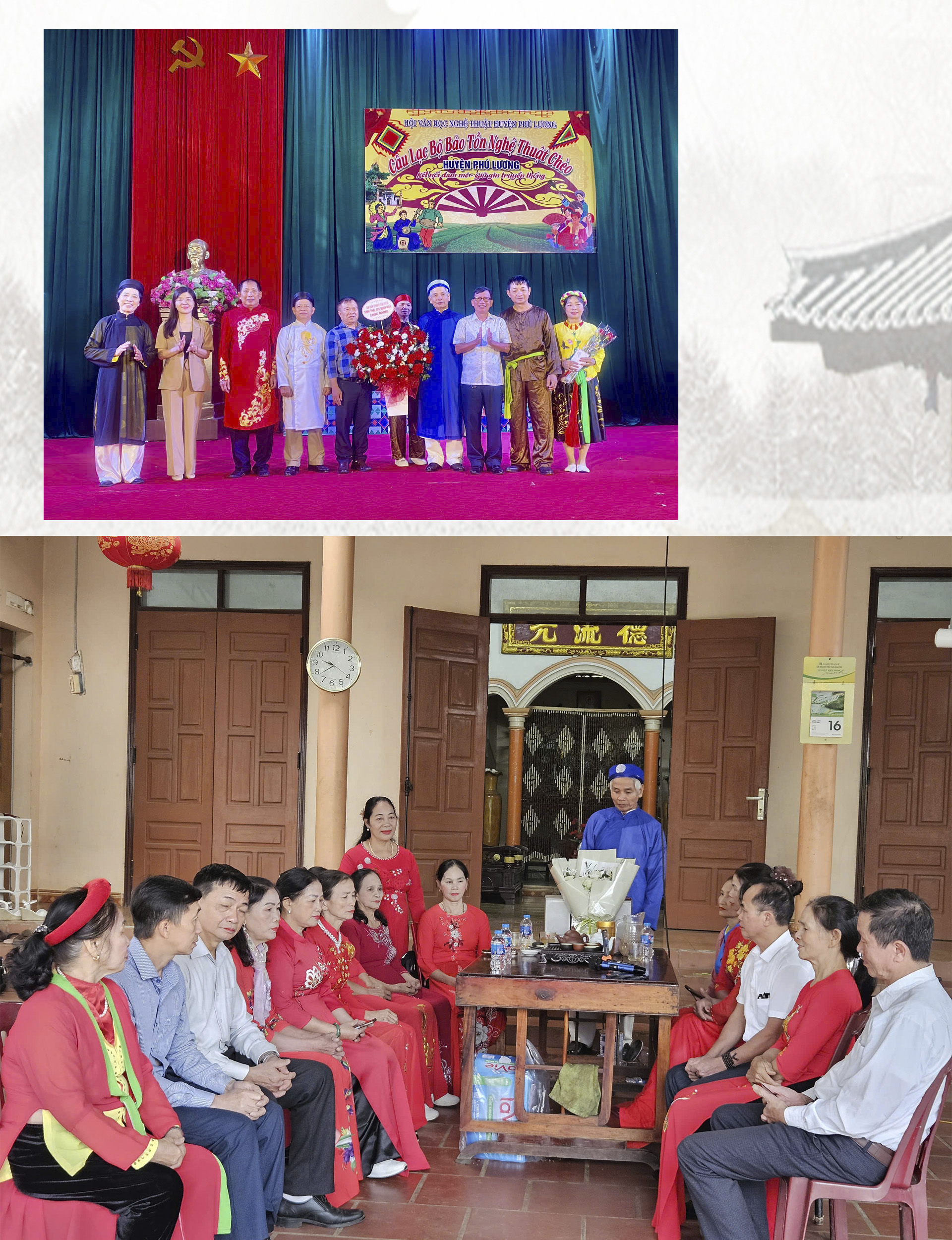 |
To nurture their passion, members have voluntarily contributed funds to purchase speakers, props, and musical instruments. Mr. Bui Quoc Vuong is willing to use his house as a "cheo mat" for members to visit. In addition to the members' contributions, he and his wife also spent their own money to build a platform, buy more lights and electricity, and turn their house into a "stage" for club members to interact and practice.
With a love for Cheo and a spirit of solidarity, the members of the Club have constantly tried to learn so that up to now, the songs and dances are very smooth and graceful, performed in many places and have been enthusiastically received by the people.
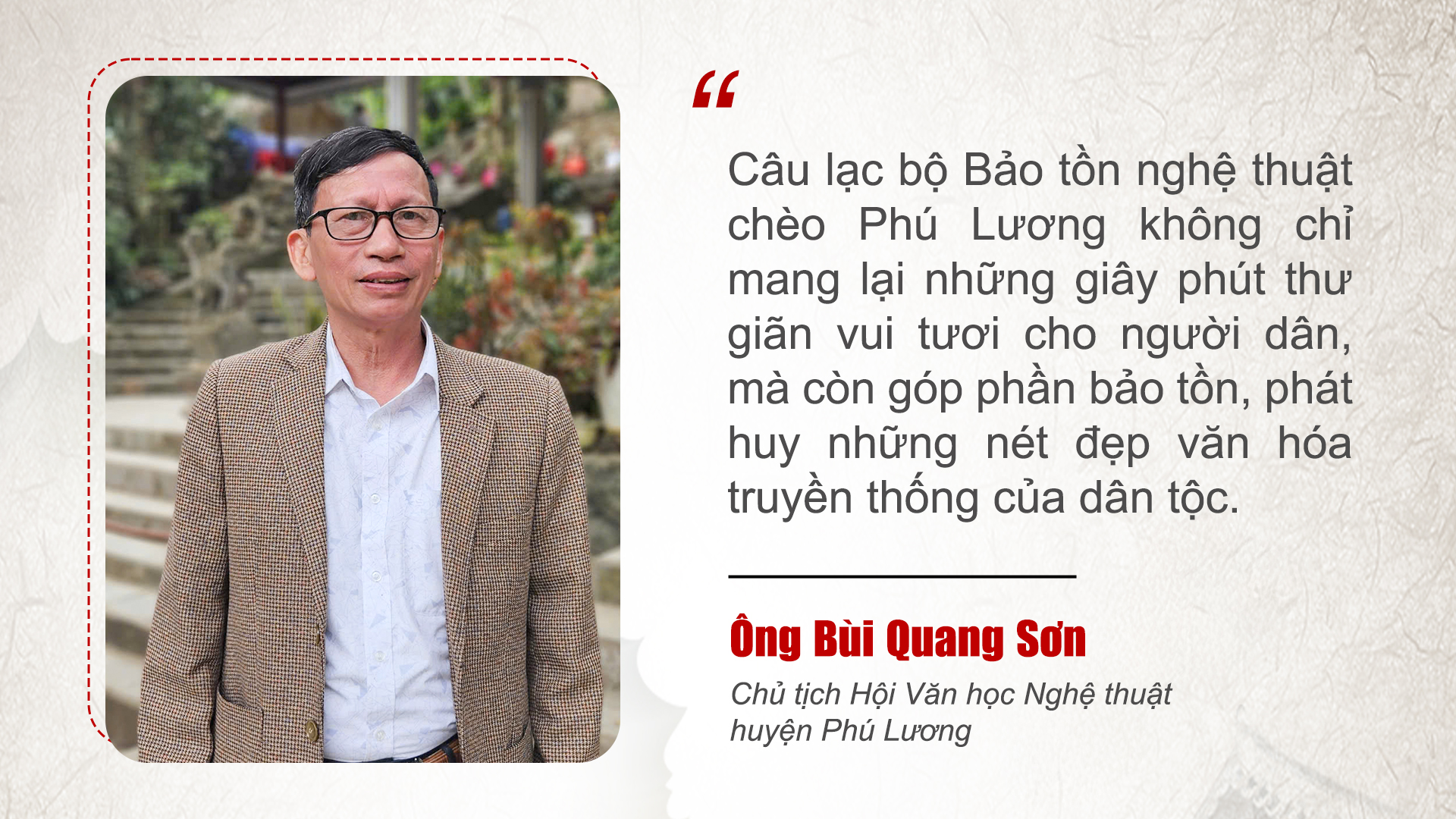 |
Currently, members of the Phu Luong Cheo Art Preservation Club can sing and perform about 200 Cheo melodies with traditional melodies of folk songs, folk songs, and poems. In the past, Cheo was often performed in communal houses, pagodas, and the homes of noble families. Nowadays, Cheo is staged for performance mostly on large stages, with the support of modern sound and lighting equipment.
The trend of theatricalization also leads to the formation and development of modern Cheo plays with content that breathes life to make it easier for viewers. Keeping up with this trend, along with collecting and singing Cheo songs with old lyrics, the club members also compose new lyrics, direct performances to perform in many localities, hoping to bring Cheo to every house, to village festivals, and cultural activities in residential areas in the Phu Luong tea region.
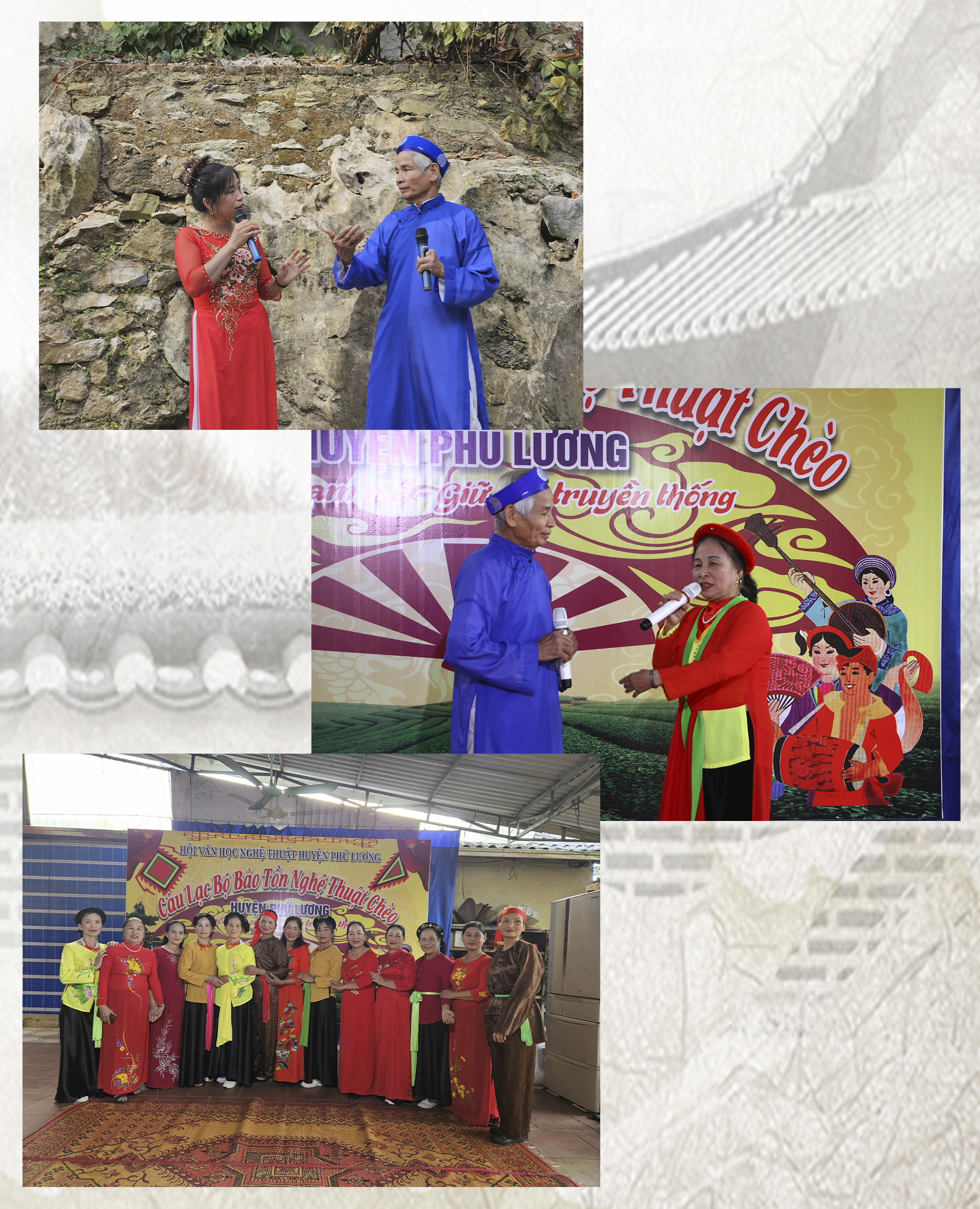 |
Some members have added new lyrics to enrich the Cheo tunes, such as Mr. Tran Huu Tan, Vice Chairman of the Club. He has composed more than 30 Cheo songs with new lyrics, many of which have been used in the Folk Songs and Traditional Music program of the Voice of Vietnam.
Along with Mr. Tan, in the club, Mr. Bui Quoc Vuong composed 10 new Cheo lyrics praising the homeland, the country, praising the beautiful land of Phu Luong, Thai Nguyen, containing many legends, historical traditions and loyal children.
Cheo songs and dances bring moments of joyful relaxation after stressful and hard working days, and are also a source of encouragement and motivation for people to enthusiastically compete in labor production and build their homeland. At the same time, they contribute to building a healthy cultural life, preserving and promoting the traditional cultural beauty of the nation.
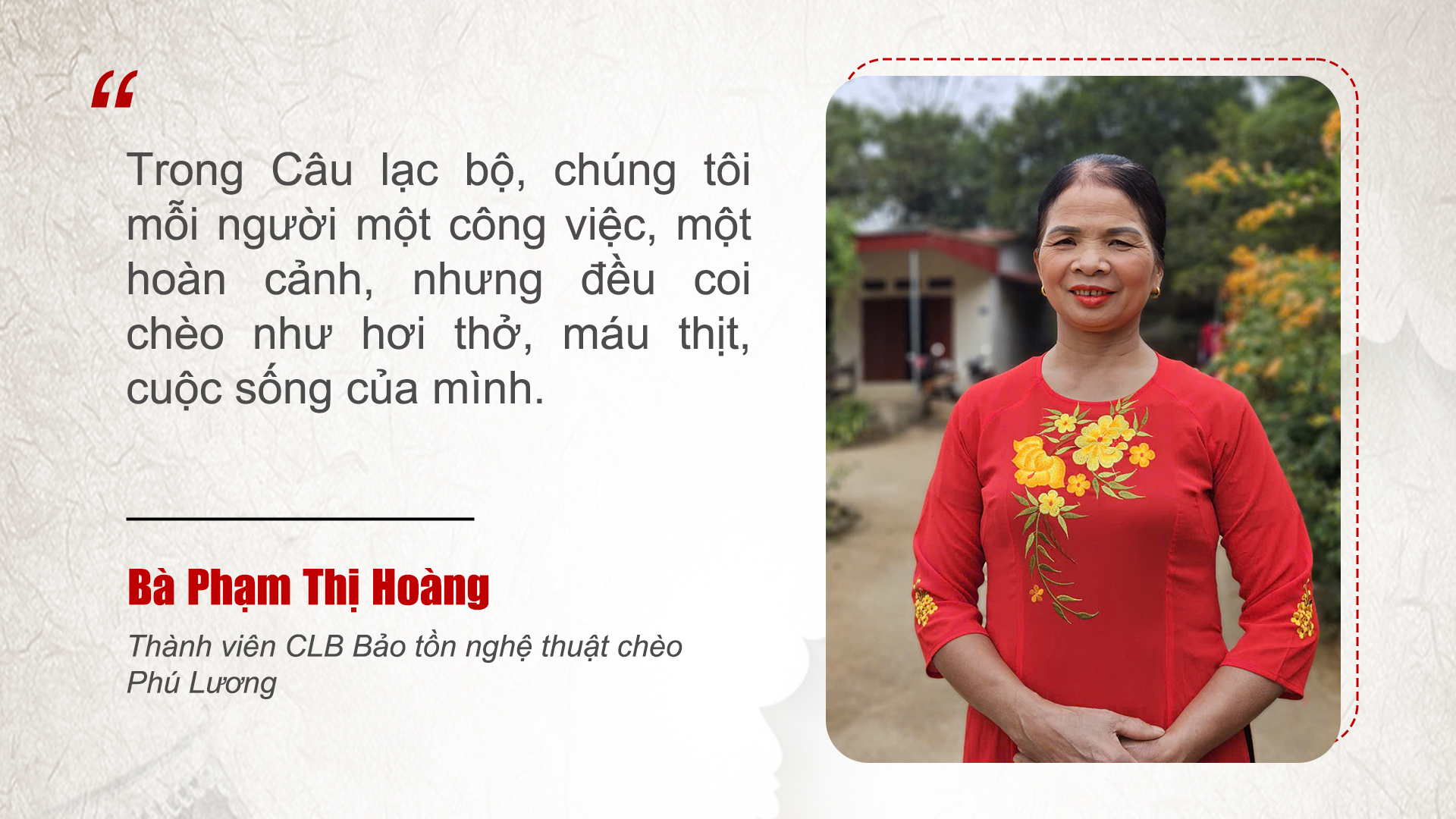 |
In particular, recently, when the Yagi storm caused many consequences for the people of Thai Nguyen in particular and the North in general, Mr. Tan sent the thoughts of those affected by the storm and flood but still resilient and optimistic to the rowing through the song "Thuong em khu lu" . The song posted on Youtube received many likes from everyone: "... the house is swept away by the flood, where are our parents, two brothers in the same pain, now not knowing where to find a way back...".
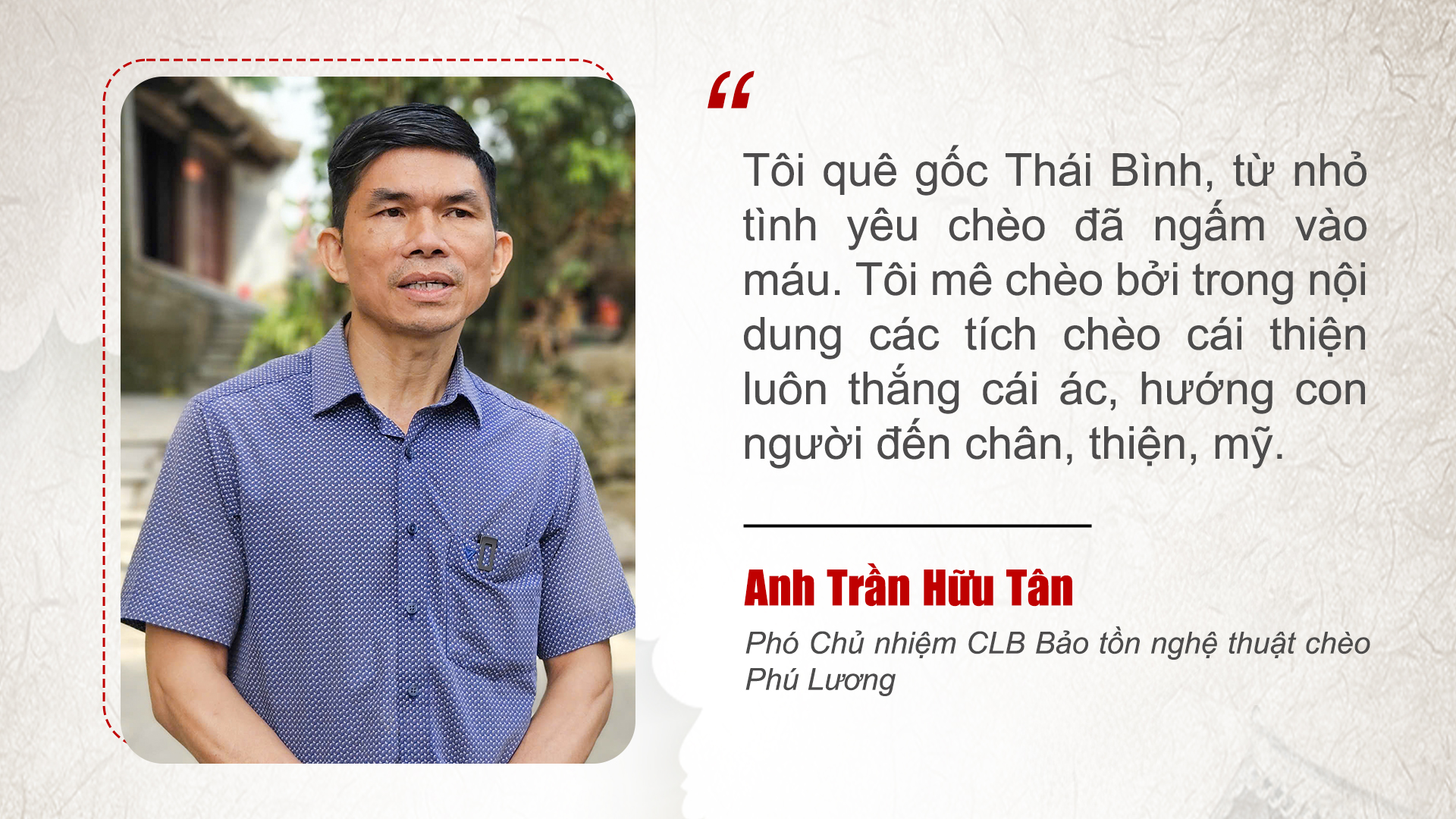 |
Talking to members of the Cheo Art Preservation Club, we also heard them share their concerns: Currently, some art forms, such as pop music, movies, comedy, etc., are gradually dominating and have a large audience. However, traditional art forms such as Cheo are gradually losing their audience, especially the young.
That is why the club members want to maintain activities with the desire to "keep the fire" of this folk art form, and gradually "nurture" the "seed" of rowing to take root and sprout on the land of Thai tea, creating a healthy and rich playground for the people.
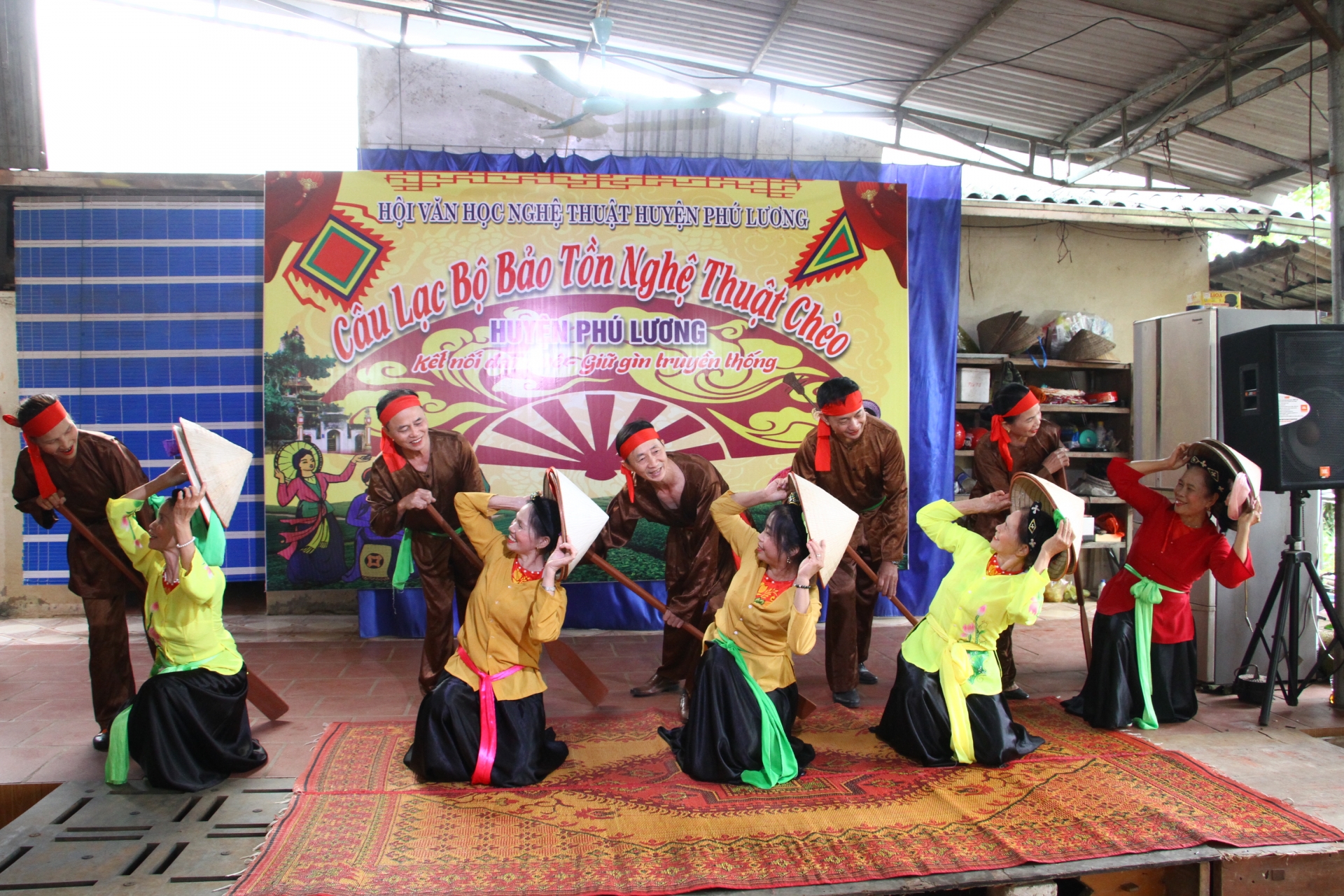 |
Spring comes, when peach blossoms bloom and show off their pale pink color in the wind, it is also the time when the farmer "artists" of Phu Luong Cheo Art Preservation Club are absorbed in practicing and performing, making the Cheo tunes forever resound at the foot of Duom Mountain.
Amidst the hustle and bustle of modern life, the singing and lyrics of Cheo performances celebrating the Party and Spring, like the ever-flowing source of national traditions, are indispensable spiritual food every time Tet comes and Spring comes for those who love the nation's intangible cultural heritage...
 |
Source: https://baothainguyen.vn/multimedia/emagazine/202412/ngan-vang-dieu-cheo-duoi-chan-nui-duom-501037d/


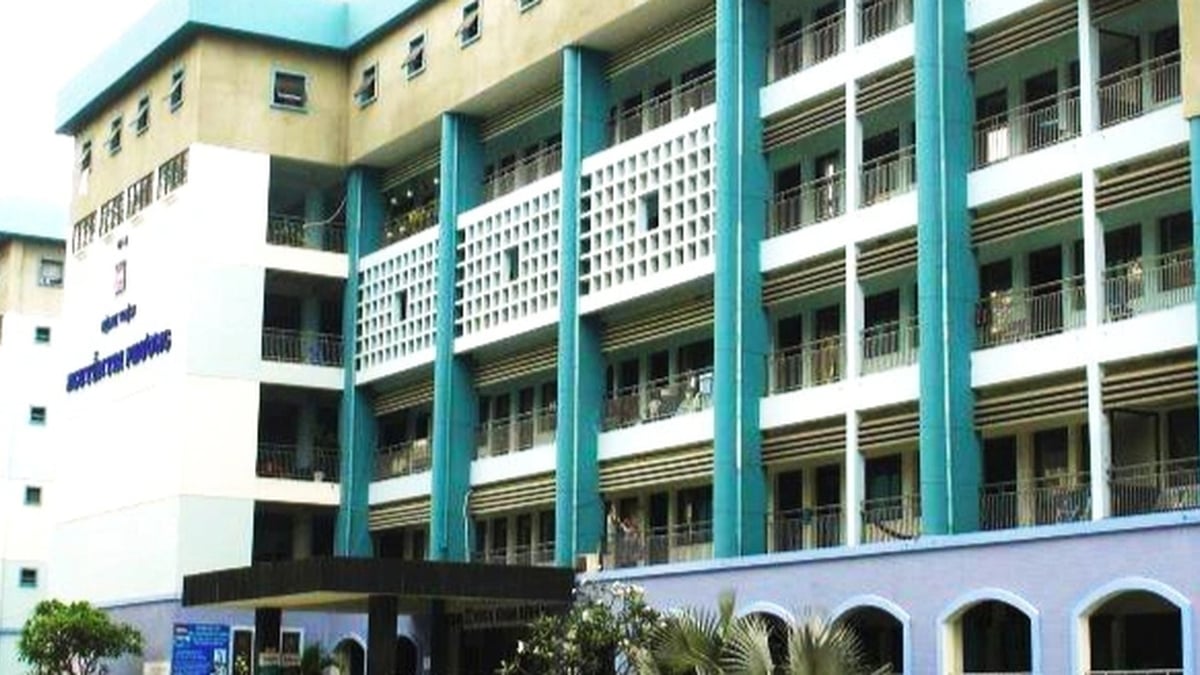
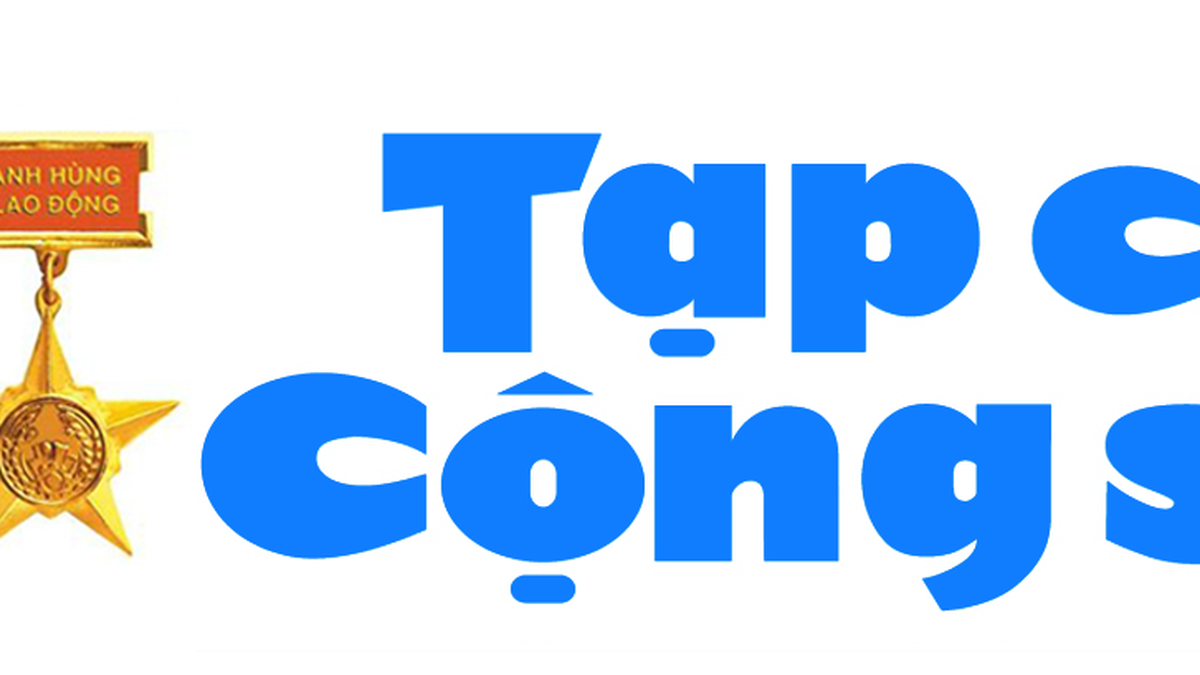
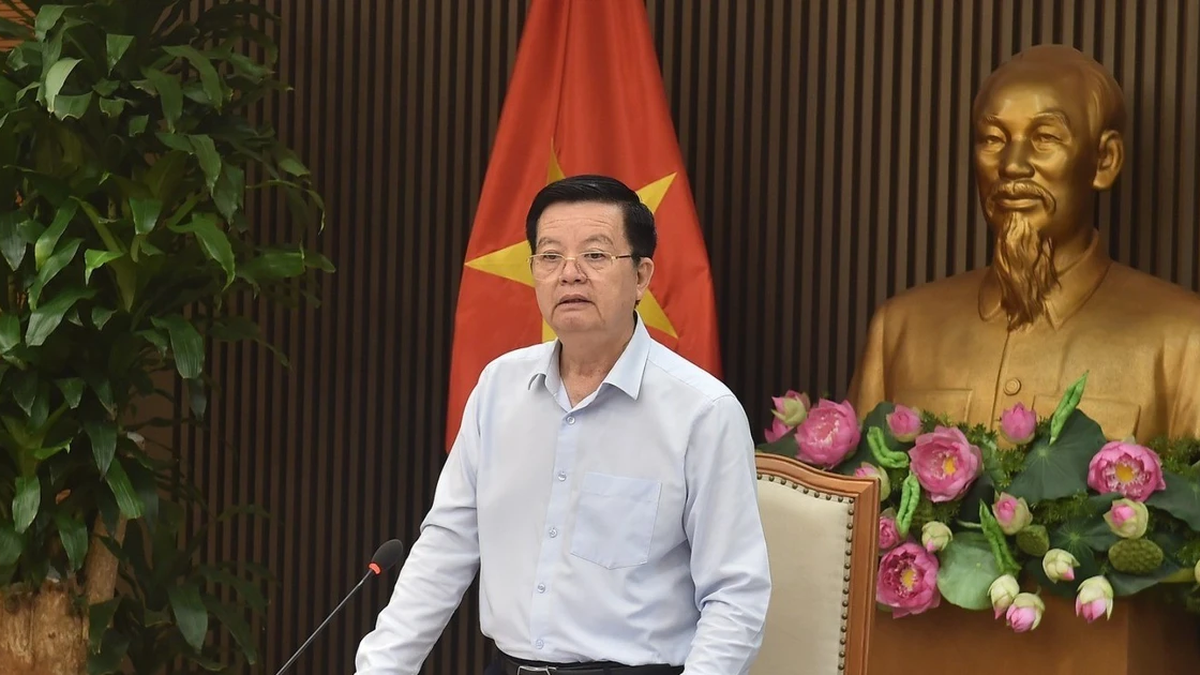
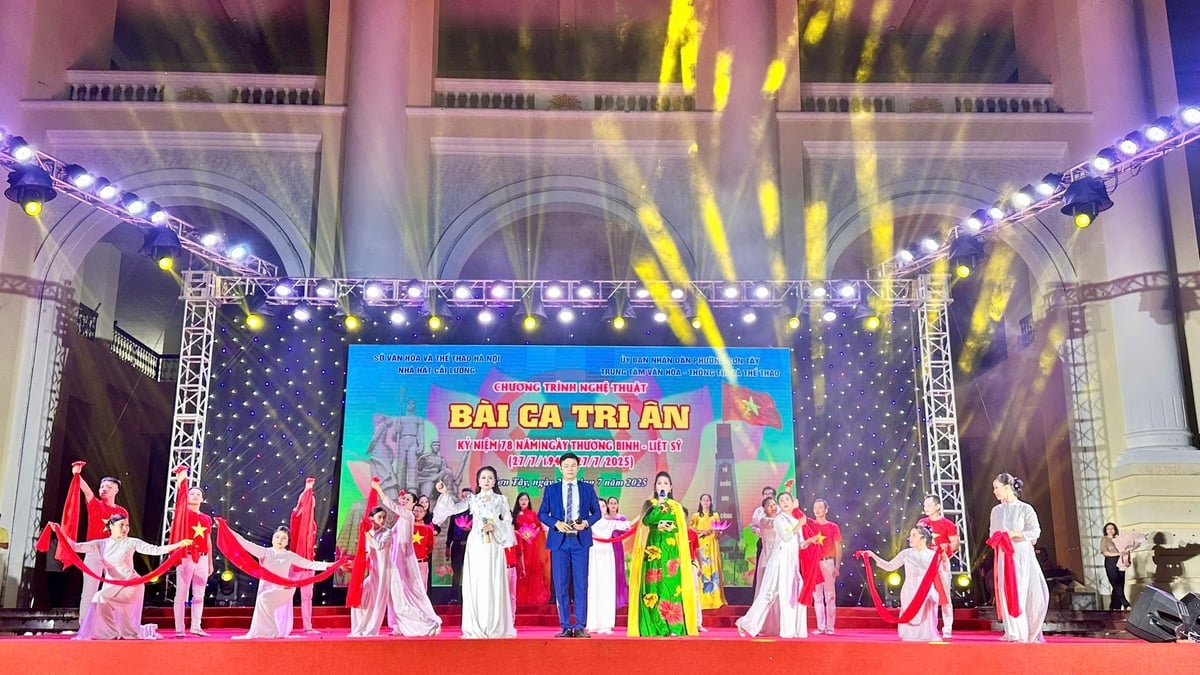

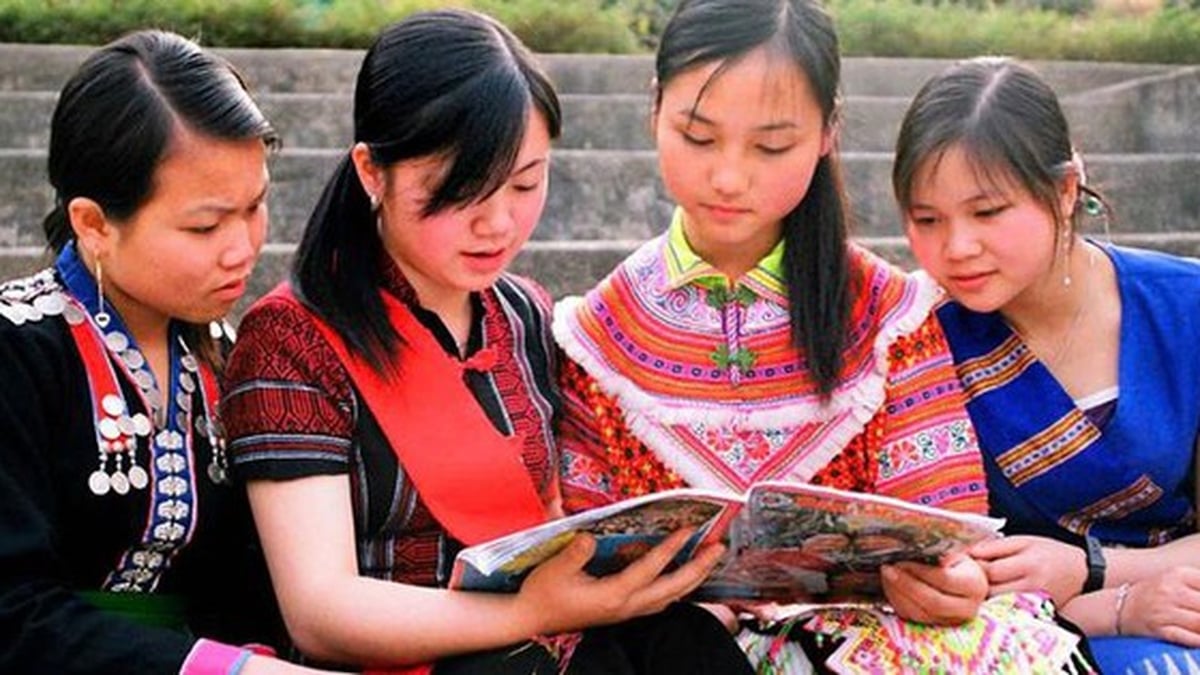















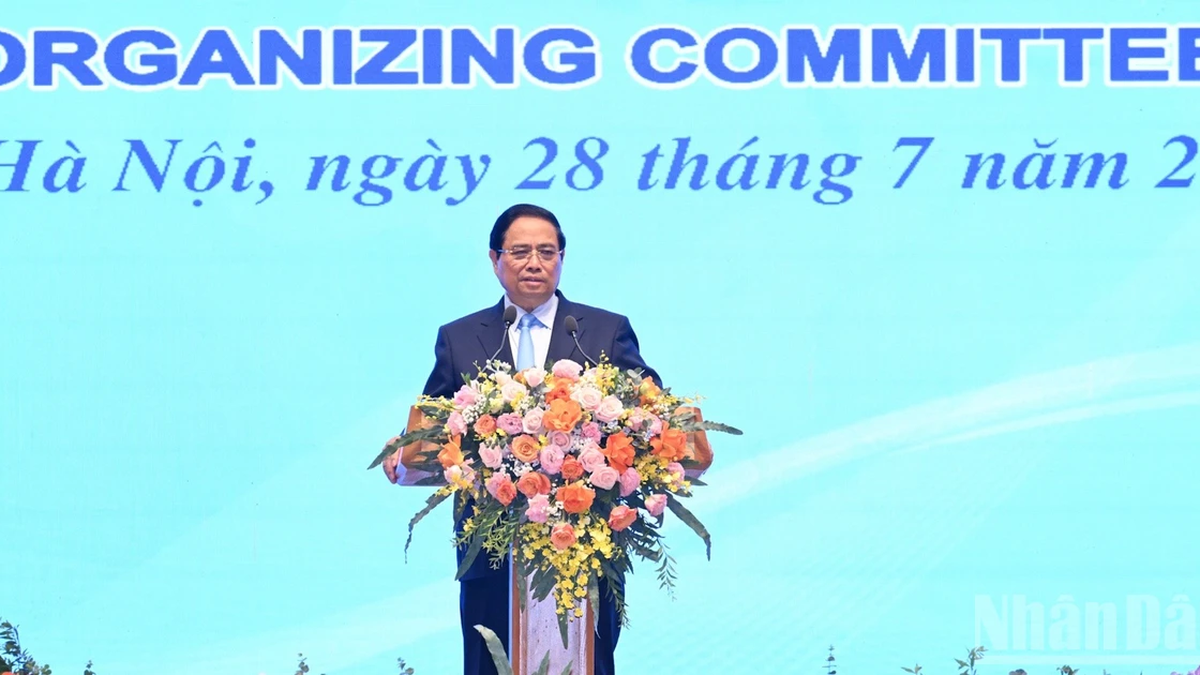
![[Photo] National Assembly Chairman attends the seminar "Building and operating an international financial center and recommendations for Vietnam"](https://vphoto.vietnam.vn/thumb/1200x675/vietnam/resource/IMAGE/2025/7/28/76393436936e457db31ec84433289f72)
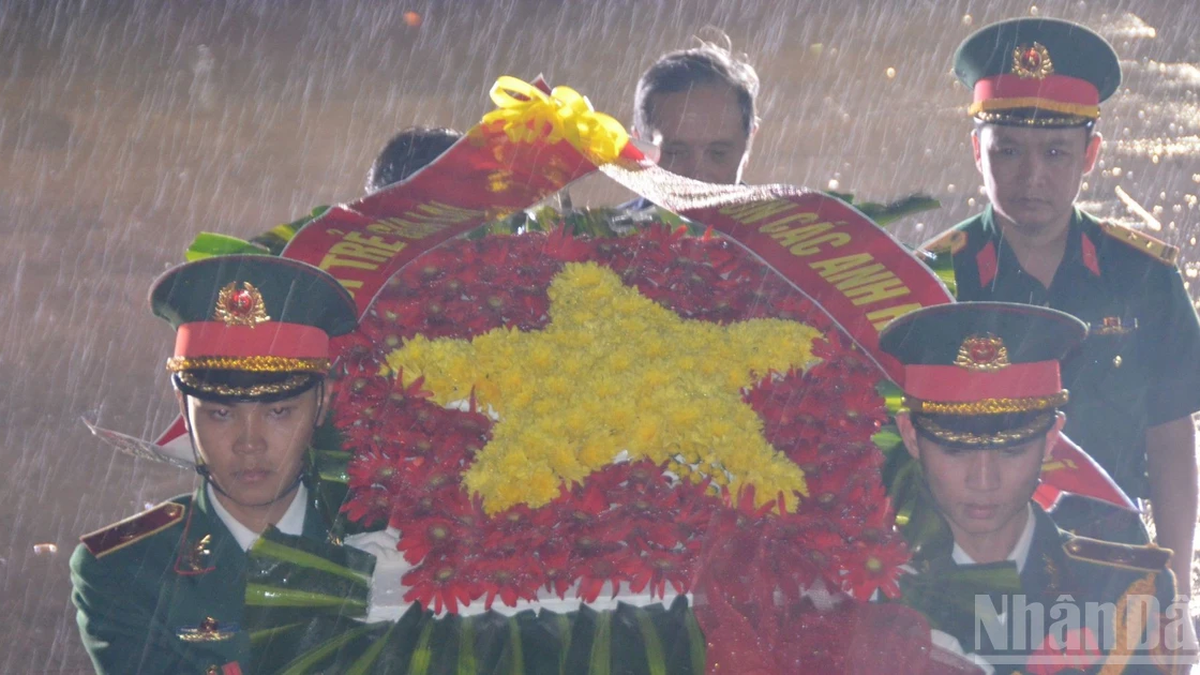
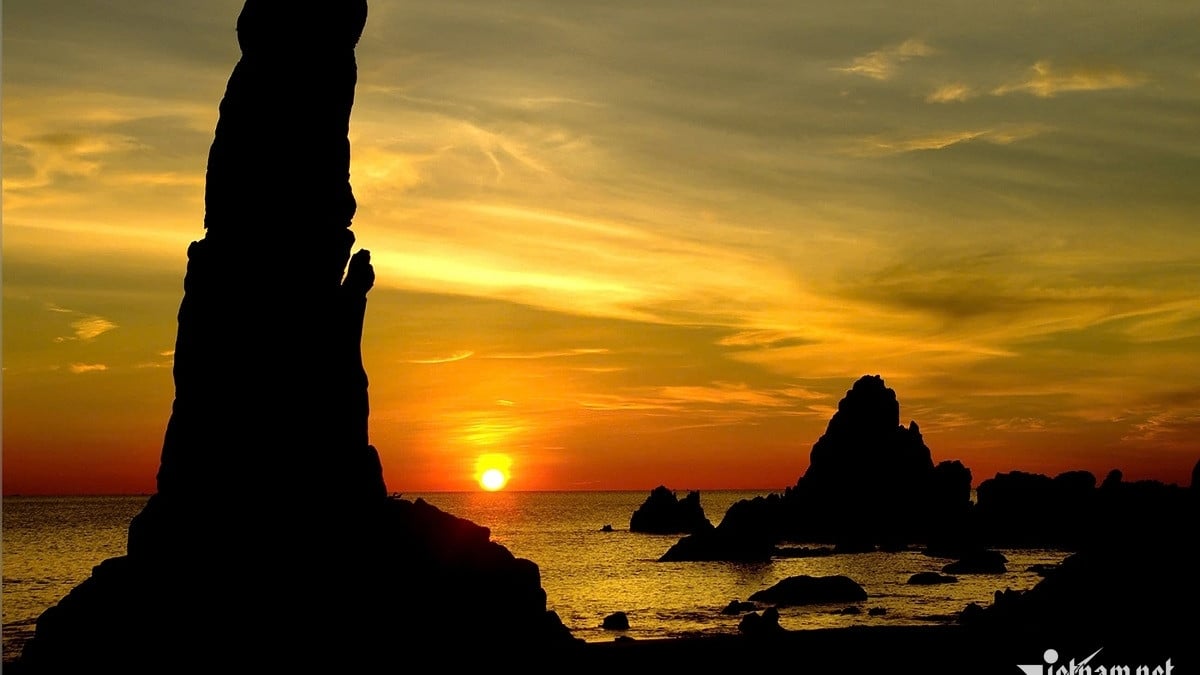

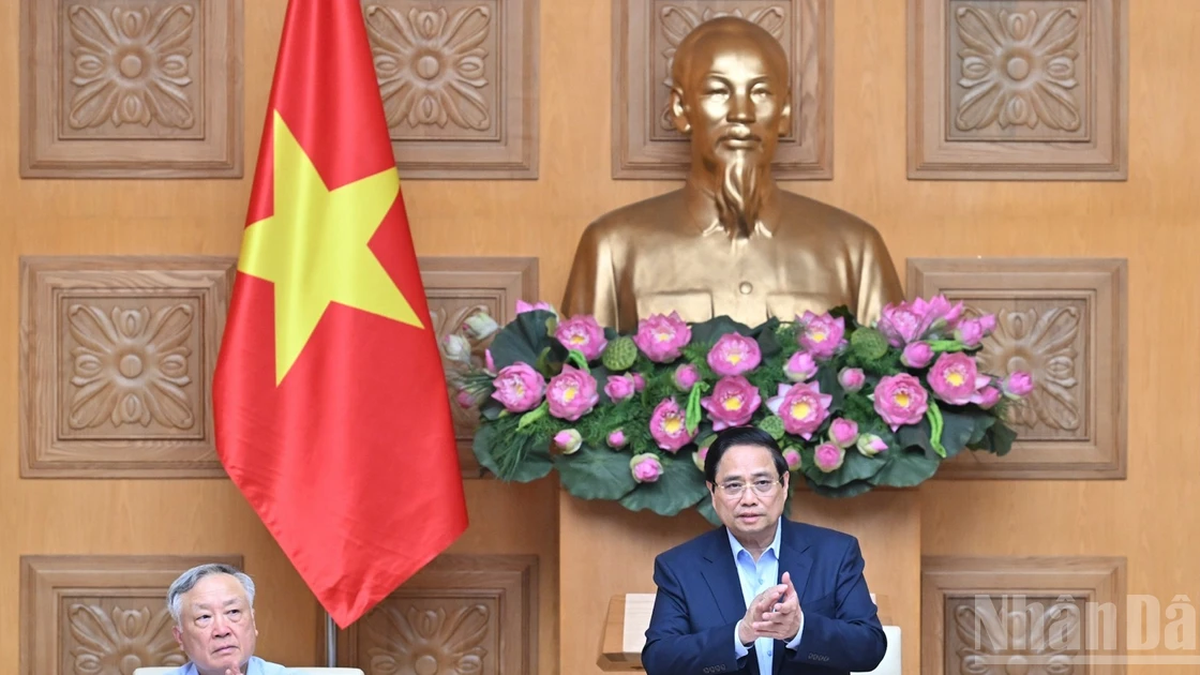

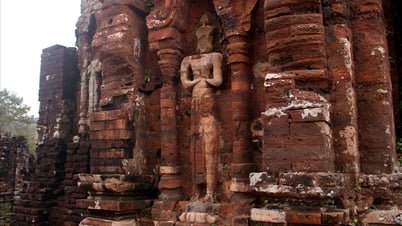

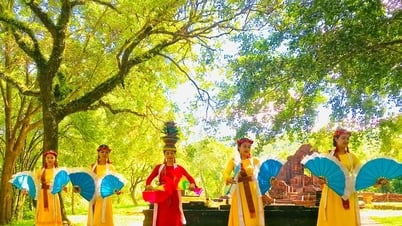

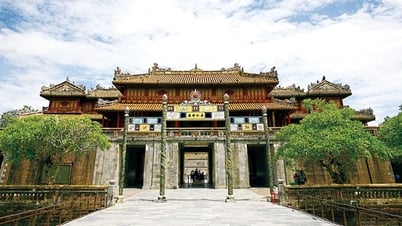

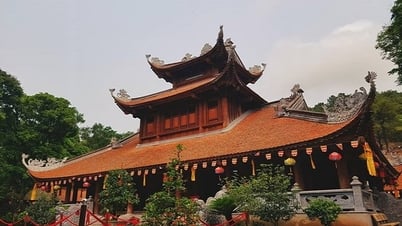

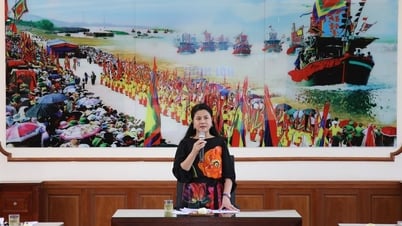

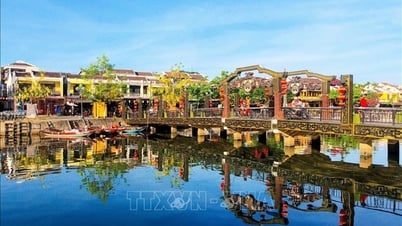

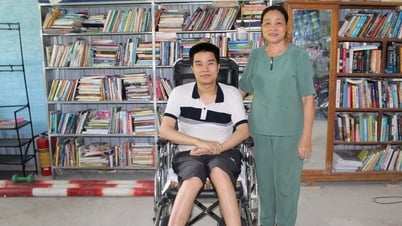

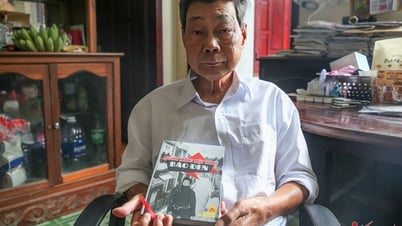



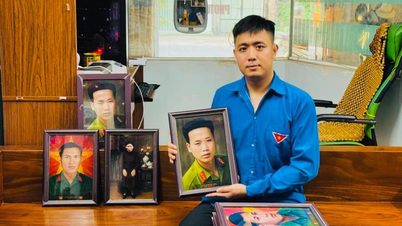














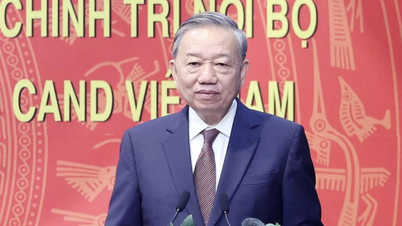




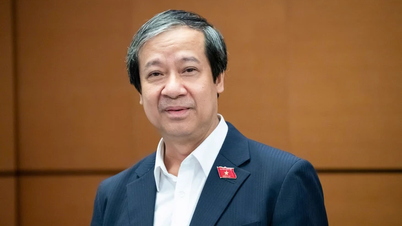



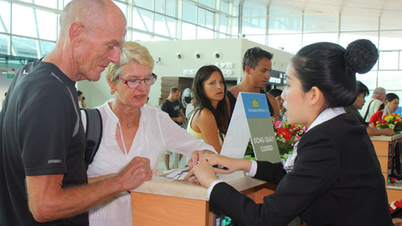
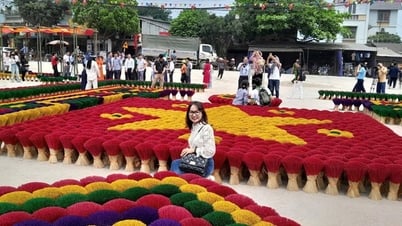
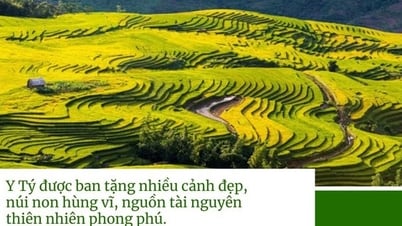












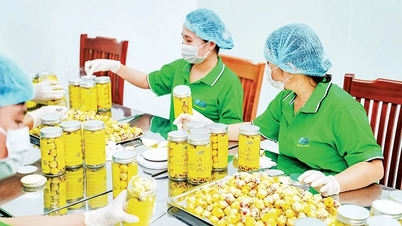








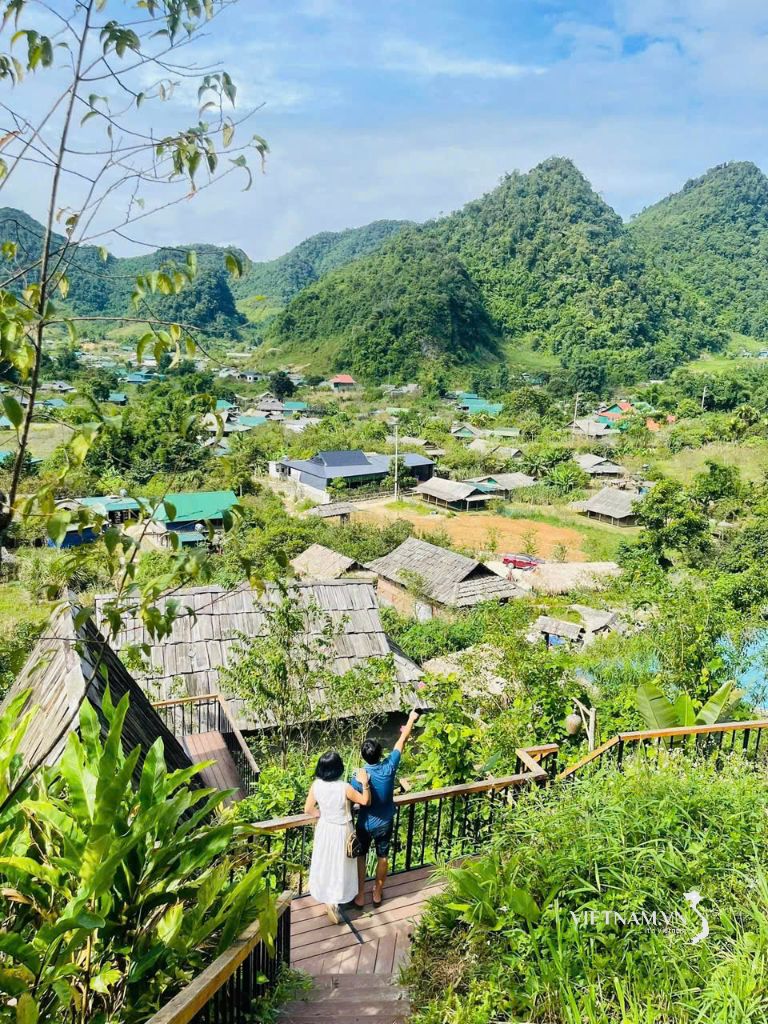

Comment (0)